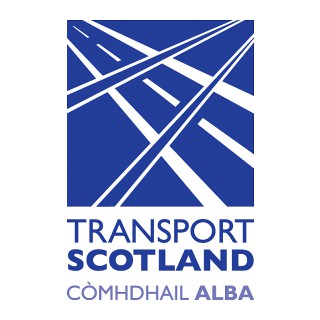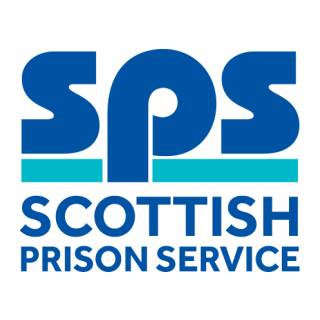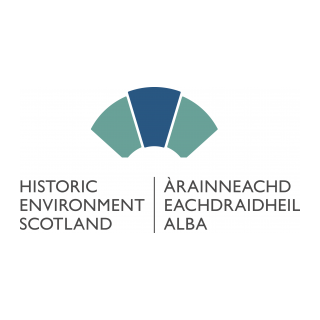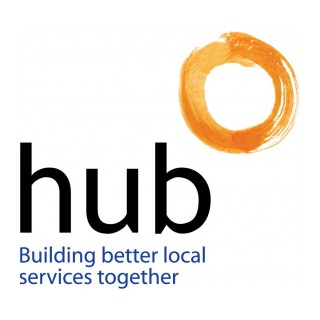The successful implementation of improved information management either through BIM level 1 or 2 must be driven by the value it will bring to an organisation. What and how information is created and managed will drive operational efficiency and organisational benefits. This section looks at the delivery of BIM Level 1 requirements linked to this organisational requirements. This is considered across three key areas:-
- Creation of an Information Strategy
- Determine and define the organisations soft landing approach
- Determine and define the organisations approach to data security.
In addition to the areas above, and to embed BIM Level 1 effectively within an organisation, then consideration needs to be made to existing procurement policy both at a Scottish Government Level or within internal departments, a clearly understood list of benefits in why investing in improved information management can support the organisation and support in the upskilling and training for any new systems or processes to effectively delivery a BIM Level 1 approach.
Brief
Tasks
-
BIM Grading & ROI Tools
-
Determine the Info Management & CDE Strategy
-
Determine the BIM / AIM / GIS Strategy
-
Strategy to Determine the Built Asset Security
-
Determine the Soft Landings Approach
-
Create the Project Lifecycle Process Map
-
BIM Level 1 Approach
-
BIM Level 1 - CDE Technology
-
File Naming Convention
-
Asset Classification System
-
Roles & Responsibilities BIM Level 1
-
BIM Level 1 - Organisational Readiness
-
BIM Level 1 - Requirements
-
Create an Information Strategy & Data Exchange Plan
-
Determine Soft Landings Approach
-
Determine Built Asset Security
-
Create Employers Information Requirements
-





